U.S. Review
Loss of Momentum Sets Up Weak Q1, but Recovery Pace Contingent on Vaccine Deployment
- Economic data came in largely as expected this week and suggest continued economic recovery.
- Real GDP growth advanced at a strong 4% annualized rate in the fourth quarter. The loss of momentum toward the end of the quarter, however, sets up a weak reading for growth in the first quarter of this year.
- An additional 847K workers filed an initial claim for unemployment insurance. The labor market isn’t expected to meaningfully recover until the virus is brought under control.
- The FOMC largely left policy unchanged at its meeting this week. It kept the federal funds rate at the zero lower bound and will continue to purchase Treasury securities and mortgage-backed securities at the current rate. See Interest Rate Watch for more detail.
Global Review
Two Roads Diverged in the Global Economy
- In what was a relatively quiet week on the international economic data front, two major economies reported real GDP data for Q4-2020. After almost a year since COVID emerged, South Korea’s initial headwinds have turned into tailwinds, and the real GDP data reported this week provided evidence that the country’s economy weathered 2020 fairly well given the circumstances.
- Mexico also reported Q4-2020 real GDP data this week, and it showed the ongoing economic challenges facing America’s southern neighbor. The pace of decline on a year-over-year basis lessened, but the Mexican economy was still 4.5% smaller in Q4-2020 compared to the year prior.
Source: Fed. Reserve Board, IHS Markit, U.S. Dept. of Commerce, U.S. Dept. of Labor and Wells Fargo Securities
U.S. Review
Loss of Momentum Sets Up Weak Q1, but Recovery Pace Contingent on Vaccine Deployment
There was plenty of fresh economic data this week, but none of it came in wildly out of consensus. Real GDP growth came in as we had forecast, the expected loss of momentum in personal spending has begun to be realized and the labor market continued to slowly improve. Notably, the data suggest continued economic recovery and have not materially changed our growth expectations. Importantly, the pace of recovery remains highly contingent on the rollout of COVID vaccines.
PCE Stumbles to End the Year
We learned Thursday that real GDP expanded at a 4% annualized pace in the fourth quarter of last year. Despite the historic COVID-induced decline early last year, GDP is rebounding faster than during the Great Recession (top chart). Most of the major spending components posted gains and came in largely as we had forecast. But, growth in real personal consumption expenditures (PCE) was a touch weaker than expected.
The monthly spending details suggest a considerable loss of momentum toward the end of the year. Personal spending slid 0.2% in December and was revised lower to a decline of 0.7% in November. The decline was largely due to goods consumption, which slipped in each month of the fourth quarter. We’ve long been calling for an impending air-pocket in durables spending, and it appears to have materialized a little earlier than we had anticipated. Durables spending posted back-to-back contractions in November and December, while nondurables consumption slid for the third consecutive month. Services consumption eked out a modest 0.1% gain, although the underlying details were mixed.
The loss of momentum toward the end of the quarter sets up a weak reading for PCE in the first quarter of this year. Spending will likely remain restrained during the first quarter. Increased case counts in the winter months and uncertainty around new COVID variants has weighed on consumer confidence and led to a renewed pullback in activity (middle chart). Consumer confidence improved in January, but only slightly. Perceptions of current conditions slid, while consumer expectations of coming conditions rose for a second-straight month. This read on consumer perceptions is consistent with our expectation for consumption to slow in the near term amid increased apprehension with the virus, before rebounding meaningfully beginning in the second quarter when vaccines are more widely available.
That said, there are a few notable upside risks to this forecast. The recent surge in COVID case counts is subsiding, and the ~$900B fiscal relief package passed at the end of last year is set to meaningfully boost personal income in January, which could prop up activity and consumption sooner than we anticipate. We currently project PCE to contract at an annualized rate of 1% in the first quarter. Although, these risks could lead to a stronger pace of consumption in Q1, the downside risks of a renewed increase in COVID case counts or further delays in vaccine deployment remain.
Housing Market Soars, Labor Market Remains Constrained
The housing market had a remarkable run in 2020. New home sales rose 1.6% in December to an 842K-unit pace. As much of the rest of the economy was left reeling from the pandemic, housing has benefited from record-low mortgage rates, desire for more living space and demographic tailwinds. Sales for 2020 as a whole came in at 811K units, marking an 18.8% increase from the prior year and the highest yearly total since 2006. The demand surge and relatively tight level of inventories should support home building this year.
Turning toward the labor market, there were an additional 847K workers who filed an initial claim for unemployment insurance last week. Although this was a decline from the number of workers who did so a week prior, the stubbornly high level of workers seeking assistance remains striking (bottom chart). The virus is still the driving force behind labor market dynamics. The recent downtrend in COVID case counts is an encouraging development, but we do not look for the labor market to improve meaningfully until vaccine distribution ramps up and the spread of the virus is sharply curtailed.
U.S. Outlook
ISM Manufacturing • Monday
Manufacturing activity likely remained strong at the start of 2021. Solid demand for goods and the need to rebuild inventories have kept production growing at an impressive rate in recent months. The preliminary Markit and regional Fed purchasing managers’ indices suggest the ISM manufacturing index remained buoyant in January at around 60. Yet, we expect see some strains below the headline. The composite index has been lifted by longer vendor delivery times as the pandemic has gummed up supply chains. Bottlenecks appear closely tied to staffing issues, as COVID has led to absenteeism and hiring challenges. Difficulty finding workers is expected to keep a lid on the survey’s employment component. Meanwhile, prices paid are likely to continue to grow at rapid clip amid supply constraints.
- Previous: 60.7
- Wells Fargo: 60.1
- Consensus: 60.0
ISM Services • Wednesday
The service sector has borne the brunt of recent COVID-related restrictions, but we expect to see the ISM services index remain solidly in expansion territory in January. For one, bottlenecks are affecting service industries similar to manufacturers, leading to longer supplier delivery times and boosting the headline index. In addition, as a diffusion index, the ISM captures the breadth of change in activity better than the depth of change. Recent restrictions have focused on a few high-contact industries, whereas service industries conducive to working from home, or the few “non-manufacturing” industries in the survey (construction, agriculture and mining) remain less affected. That said, a significant weakening in the January survey would suggest that the slowdown is broadening.
- Previous: 57.2
- Wells Fargo: 57.0
- Consensus: 56.7
Employment • Friday
The labor market’s recovery went into reverse in December, with employment falling by 140K. Nearly half a million job losses in the leisure & hospitality sector drove the decline, as many restaurants and bars were forced to close their doors again. Since December, labor market conditions look only marginally worse. Initial filings for unemployment have risen, but not nearly as much as before the December employment report. Consumers report only a modestly worse environment as well, measured by the gap in consumers reporting jobs as “plentiful” minus “hard to get.” OpenTable reservations point to activity stabilizing in the hard-hit restaurant industry, while activity in the goods-side of the economy continues to chug along. Retail hiring, however, is likely to be weaker following last month’s impressive gain of 121K. With low-pay service industries remaining under the most pressure from efforts to contain the coronavirus in January, we expect to see average hourly earnings to increase 0.4%.
We suspect that with hiring more or less flat in January, the unemployment rate will remain unchanged at 6.7%. Next week’s report will include annual revisions. Prior data from the household survey will not be revised, opening up the potential for larger-than-usual monthly changes, particularly when looking at the number of workers in a given category. Prior payroll data from the establishment survey, however, will be revised, and will offer up a clearer picture of the severity of the current downturn.
With Fed Chair Powell emphasizing the need for significant further progress in the labor market at the same time policy is already exceptionally accommodative, the January employment report is unlikely to alter the monetary policy outlook. A significantly better- or worse-than-expected report, however, is likely to change the tenor of discussions for another round of COVID relief in DC.
- Previous: -140K
- Wells Fargo: -20K
- Consensus: +50K
International Review
Two Roads Diverged in the Global Economy
In what was a relatively quiet week on the international economic data front, two economies reported real GDP data for Q4-2020. On Monday, South Korea reported that its economy grew 1.1% (4.4% annualized) in the fourth quarter, putting its year-over-year decline at just -1.4% (top chart). We wrote extensively on the South Korean economy in 2020, given that it was 1) one of the first countries to experience a COVID outbreak, 2) closely tied to the Chinese economy, where COVID originated, and 3) a major player in global trade, with exports accounting for about 40% of GDP.
Almost a year later, South Korea’s initial headwinds have turned into tailwinds, and the real GDP data reported this week provided evidence that the country’s economy weathered 2020 fairly well given the circumstances. South Korea managed to get its initial COVID outbreak under control, and even with a recent spike in cases, the seven-day moving average for daily deaths is just 10 at present for a country of roughly 52 million people (middle chart). China’s robust economic rebound following a rough start to the year has additionally aided the South Korean economy.
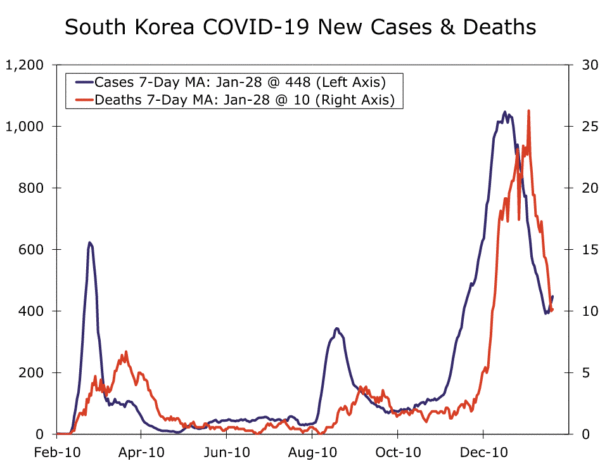
Against that backdrop, the 1.4% year-over-year contraction was smaller than the 2.5% decline in the United States and is significantly better than the 7.3% and 10.4% contractions we project for the Eurozone and United Kingdom, respectively. South Korea’s trade linkages, with the improving global economy and China in particular, were evident in the trade data. Export volumes jumped 5.2% in Q4 on the heels of a 16% surge in Q3. Construction output rose 6.5%, the first increase since the pandemic began.
Perhaps most encouraging, the South Korean economy managed to post a fairly limited decline in economic output without enormous amounts of government borrowing. While there has been plenty of borrowing to support the South Korean economy on an absolute basis, on a relative basis the International Monetary Fund (IMF) projects that the general government budget deficit in South Korea was just 3.1% of GDP in 2020 (for comparison, the IMF projects the comparable figure for the United States was 17.5% of GDP). With South Korea a major exporter and tightly integrated into the global economy, we expect the global economic recovery to benefit the Korean won, albeit at a gradual pace, over the longer term.
Mexico also reported Q4-2020 real GDP data this week, and it showed the ongoing economic challenges facing America’s southern neighbor. The Mexican economy continued to rebound in the fourth quarter as real GDP grew at a 13% annualized rate (bottom chart). The pace of decline on a year-over-year basis lessened, but the Mexican economy was still 4.5% smaller in Q4-2020 compared to the year prior.
Like South Korea, the IMF projects that Mexico’s general government budget deficit was a fairly small 5.2% of GDP in 2020. However, to some extent this has been due to more austere policy choices in Mexico as opposed to economic out-performance limiting the budget gap. We anticipate that a lack of fiscal stimulus from the Mexican government will keep the domestic economy restrained in 2021. While some activity indicators have improved, meaningful fiscal stimulus or a quick vaccination of the population will be needed for the economy to fully recover, neither of which seem likely at this time. As a result, we forecast the Mexican economy to expand 3.4% in 2021, only moderately above trend growth.
International Outlook
Eurozone Q4 GDP • Tuesday
The Eurozone’s summer/early fall surge in economic activity will likely be shown as short-lived when the GDP data are reported next week for the 19-nation bloc. On a quarter-over-quarter, annualized basis, real GDP in the Eurozone was a stunning 59.9% in Q3, even stronger than the 33.4% rate in the United States, though this was in part due to the steeper decline in the first half of the year for the Eurozone economy.
However, data reported yesterday showed that U.S. real GDP grew at a 4.0% annualized rate in the fourth quarter. We do not expect the Eurozone to repeat this positive performance, and we forecast that economic growth in the Eurozone contracted at an 11.5% annualized pace in Q4-2020. If realized, this would put Eurozone real GDP down 7.3% on a year-ago basis to finish 2020, compared to “only” a 2.5% decline in the United States.
Many households in both the United States and the Eurozone have a significant stockpile of “excess” savings that should come off the sidelines in 2021, propelling a rebound in economic growth. But, the more generous fiscal response of the United States gives America an edge here too. And so far, the United States has been running ahead of most European countries on the vaccination front. The Eurozone economy enters 2021 with a major output gap to close in the coming years.
- Previous: 12.5% (Quarter-over-Quarter, Not Annualized)
- Wells Fargo: -3.0%
- Consensus: -1.7%
Bank of England Policy Meeting • Thursday
The U.K. has been hit hard by the renewed spread of COVID cases, including a new more transmissible variant, which has case counts and fatalities near all-time highs. The government implemented new restrictions, which are set to run through until around mid-February. The effect of the renewed COVID spread and associated restrictions is clearly evident in the economic figures. December retail sales edged up 0.3% month-over-month, but that came after a 4.1% slump in November. More broadly, November GDP fell 2.6% month-over-month, as service output fell 3.4% and industrial output edged down 0.1%. We forecast a sequential decline in GDP in both Q4 and Q1. For full-year 2020, we expect U.K. GDP to decline 10.5%, and forecast only modest growth of 2.4% in 2021.
Given the weakness of the economy, discussion of negative policy interest rates has resurfaced in the United Kingdom. However, we do not expect further rate cuts for now. While some central bank policymakers have appeared supportive of the idea of negative interest rates, Bank of England (BoE) Governor Bailey subsequently said that there are “lots of issues” with taking the Bank Rate into negative territory. And since the BoE just announced a sizable increase to its asset purchase program in November, we anticipate that the BoE will leave monetary policy unchanged next week despite the British economies woes.
- Previous: 0.10% (Bank Rate)
- Wells Fargo: 0.10%
- Consensus: 0.10%
Canada Employment • Friday
Like the United States, the Canadian labor market felt the effect of higher COVID cases and colder weather in December. Canadian employment fell by about 63K jobs in December, and when adjusting for population this was actually a larger decline than occurred in the United States. One notable bright spot was that full-time employment increased by 37K, and has not posted a monthly loss since April 2020. Although we do not have Q4-2020 real GDP data for Canada yet, the monthly data reported so far has been encouraging, and we expect the Canadian economy grew at a similar rate in the fourth quarter as the United States.
While hints of economic softness have emerged, we believe the longer-term outlook for the Canadian economy remains relatively favorable. Household disposable income in Canada was up 10.6% year-over-year in Q3, even better than the 8.1% reading in the United States, and well above the 1.1% reported for the Eurozone. As illustrated in the chart to the left, the Canadian labor market has recouped even more of the jobs lost in March and April than the resilient U.S. labor market. When paired with still generous fiscal relief, this should mean household income growth was at least decent in Q4.
The Bank of Canada also now sees a more robust recovery over the longer term and, as a result, appears to have a very mild bias toward eventual monetary tightening. If employment growth can turn positive in January and gather momentum from there, additional hints about modest monetary policy tightening could be in the cards.
Previous: -62,600
Interest Rate Watch
FOMC on Hold for the Foreseeable Future
As widely expected, the Federal Open Market Committee (FOMC) made no changes to its policy settings at its meeting this week. Not only did the committee maintain its target range for the fed funds rate between 0.00% and 0.25%, but it re-affirmed its commitment to continue purchasing Treasury securities and mortgage-backed securities (MBS) at a monthly pace of $80 billion and $40 billion, respectively. All 11 voting members of the FOMC voted to maintain the Federal Reserve’s policy settings at this month’s meeting, and we suspect that most of the seven non-voting members also supported the decision to keep policy settings unchanged.
The committee downgraded its current assessment of the economy. Specifically, the FOMC stated that “the pace of the recovery in economic activity and employment has moderated in recent months.” Furthermore, the FOMC noted that “the path of the economy will depend significantly on the course of the virus, including progress on vaccinations.” Although the daily number of new COVID cases has receded in recent weeks, economic activity appears to have gotten off to a slow start in the first quarter. Indeed, we currently project that real GDP will be more or less flat in Q1-2021 relative to Q4-2020. The recently enacted fiscal relief package, with the potential of more to come, should help to support the economy over the next few months, and growth should strengthen later this year as vaccine deployment becomes more widespread. But, we likely are still a few months away from seeing a marked acceleration in economic activity.
The upshot is that the Federal Reserve seems to be a long way from starting the process of removing monetary accommodation. Specifically, we expect the Fed to continue to purchase Treasury securities and MBS at the current pace (at least) through the end of 2021, and we look for the FOMC to maintain its current range for the fed funds rate through at least the end of 2022. In short, the United States likely will remain in a low interest rate environment for quite some time. Moreover, the Fed is more likely to provide “too much” policy accommodation in coming months than “too little,” in our view.
Credit Market Insights
Mortgage Rates Drift Lower Again
The spread between mortgage rates and the 10-year Treasury yield has narrowed in recent weeks. According to Freddie Mac, the conventional 30-year fixed mortgage rate ticked down to 2.73% this week, remaining near historic lows. Meanwhile, the yield on the 10-year continues to hover around 1.00%, supported by expectations for faster economic growth once the vaccine deployment meaningfully ramps up (top chart).
Record-low mortgage rates have bolstered demand for homes at a time when housing inventories are exceptionally lean across the country. Competition to buy has heated up as a result, and home prices are increasing at the fastest rates we’ve seen in years. Indeed, data from S&P CoreLogic this week show national property values increased 9.5% year-over-year in November, the largest gain since 2014 (bottom chart). Accelerating home-price appreciation has not appeared to deter potential buyers, however, as mortgage purchase applications are still up about 16% over the year.
Looking ahead, should Treasury yields continue to climb, mortgage rates will likely follow. The conventional mortgage rate typically tracks the 10-year note as both are influenced by investor activity in the bond market. This relationship is not always constant, however. The spread sharply widened in March as robust refinancing activity pushed mortgage rates higher, while Treasury yields declined. Mortgage lenders were likely overwhelmed by refi applications and kept their rates high to fend off new business.
As Treasury yields have recently strengthened, the spread has compressed. We suspect that lenders are keeping their rates low to maximize on the refi boom. Ultimately, borrowing costs should remain relatively low and supportive of the housing market for the foreseeable future. We look for the conventional mortgage rate and the yield on the 10-year note to end 2021 at 3.11% and 1.39%, respectively.
Topic of the Week
Time to Stop Playing Games?
Unusual moves in the stock market this week have made headlines beyond the world of finance. Several stocks that had been declining, some even before the pandemic took hold in March, have seen their prices soar. A coalition of retail investors have gotten behind these beleaguered names, often using call options to place their bets on these companies’ turnarounds. Coming into the week, these stocks had been some of the most commonly shorted—a method of investing in which those who think the stock will go down borrow shares of the stock and sell it with the intention of buying it back after it declines. As these stocks began to rise, however, those who were short the stock had to buy the stock in order to cover their position, sending prices even higher. While short squeezes are not new, these recent moves have captured the popular imagination, as a number of hedge funds, who had placed significant bets against these companies, were forced to close out their short positions or secure injections from other funds to avoid closing shop. While these large moves can certainly grab attention, it is worth considering what, if any, risk such dynamics could pose to the wider financial system and the real economy.
One way these swings could translate into something broader is if it pushes more hedge funds to start deleveraging. Funds that bet against these highfliers or those that fear their short positions will be the next target of a retail rally may start to sell some of their holdings in order to close out of their short positions to avoid losses. Hedge funds by their nature are rather opaque, though the Federal Reserve in its Financial Accounts of the United States tracks the aggregate balance sheets of hedge funds, albeit with a lag. As of the middle of 2020, hedge funds collectively owned $850 billion in corporate equities (right chart). While this number is large and is likely even larger after the run-up in equity markets over the past six months, it makes up less than two percent of all corporate equities outstanding. One complicating factor is that hedge funds can have more long exposure than just the equities they own out right. According to the same flow of funds data, hedge funds have roughly $1 trillion in notional long exposure through financial derivatives. The money it would take to exit these positions or the market value of these contracts, however, is much lower. Finally, another point of possible contagion is the prime brokerages that have lent securities to hedge funds. As of Q2-2020, hedge funds had about $300 billion in borrowed securities, though these loans make up a relatively small portion of broker dealers’ $3.5 trillion in collective financial assets.
Thus, hedge funds are not quite as large in the context of the broader financial system, but they are not insignificant. If all of these funds were to rush for the door, it would certainly weigh on markets, although it does not seem likely at this time. At some point, the cost of exiting positions outweighs the risk of staying in. Moreover, after falling earlier in the week, indices tracking the primary holdings of hedge fund started to retrace some of their declines on Thursday. As for its effect on the real economy, swings in the stock market can materially affect sentiment among businesses and consumers, but they rarely pose the same systematic risks as credit bubbles.

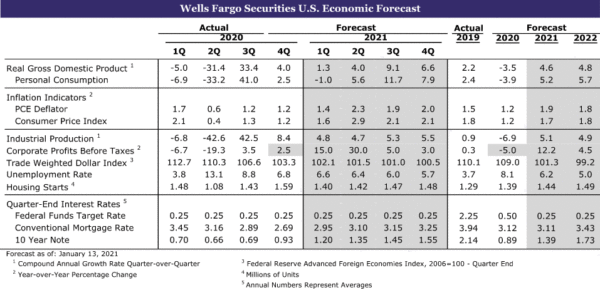
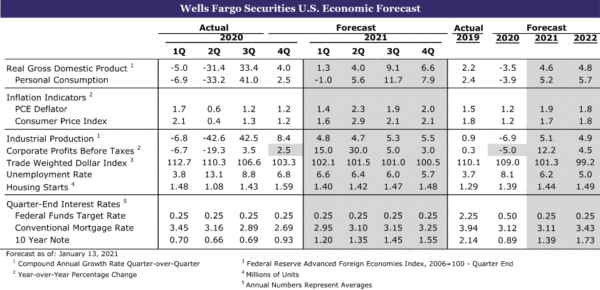
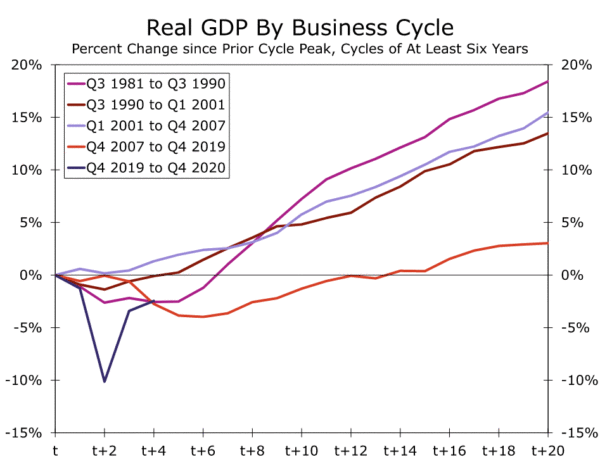
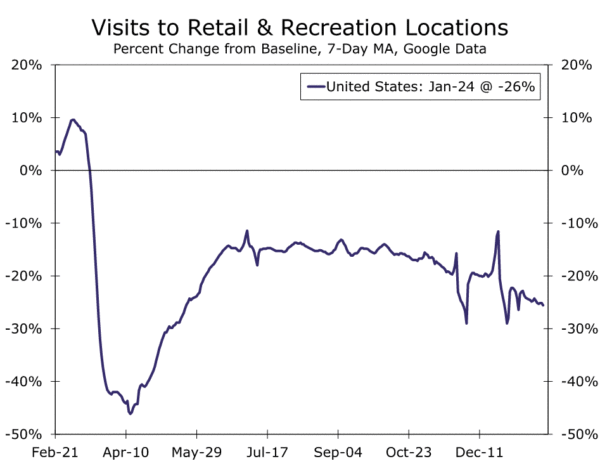
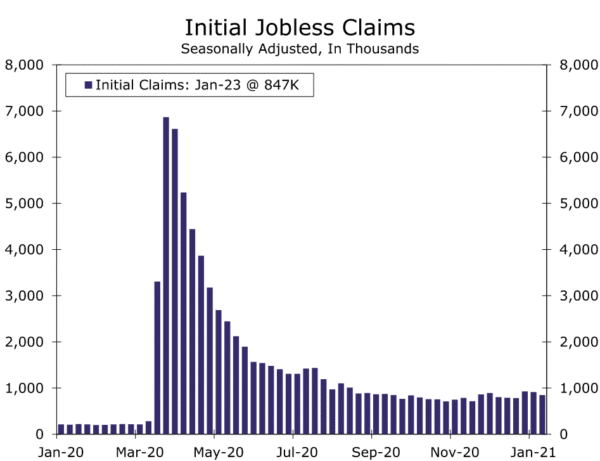
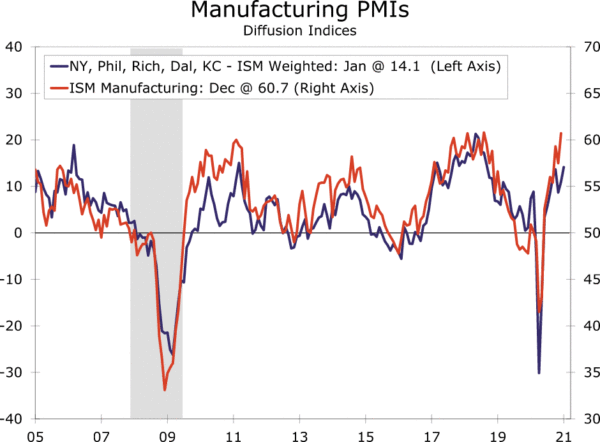
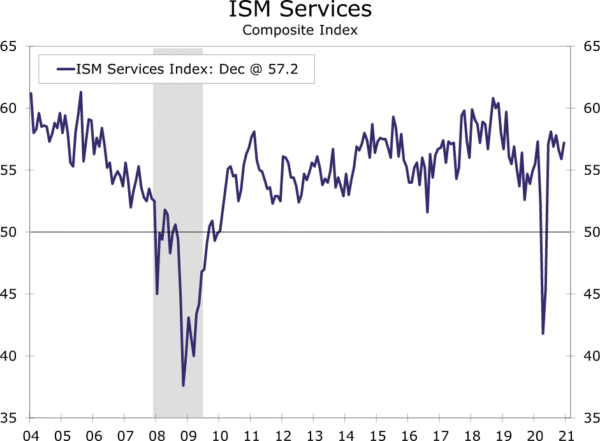
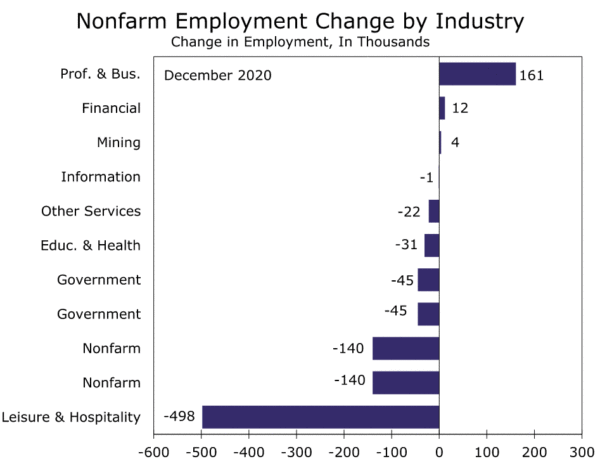
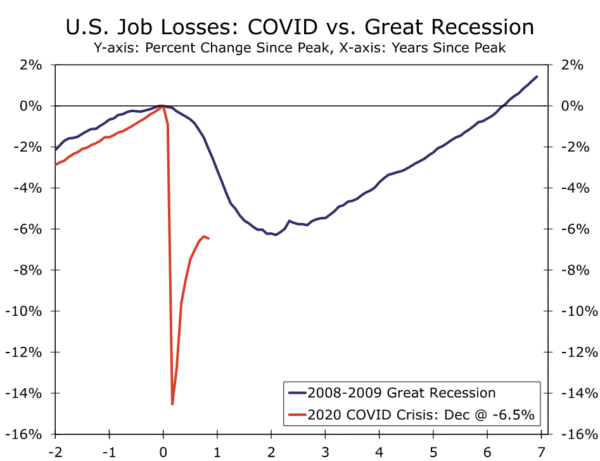
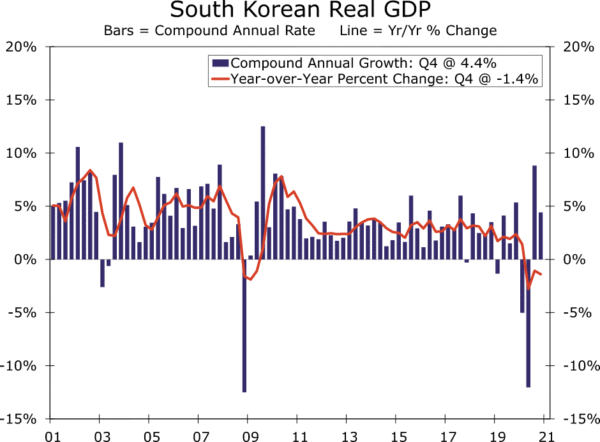
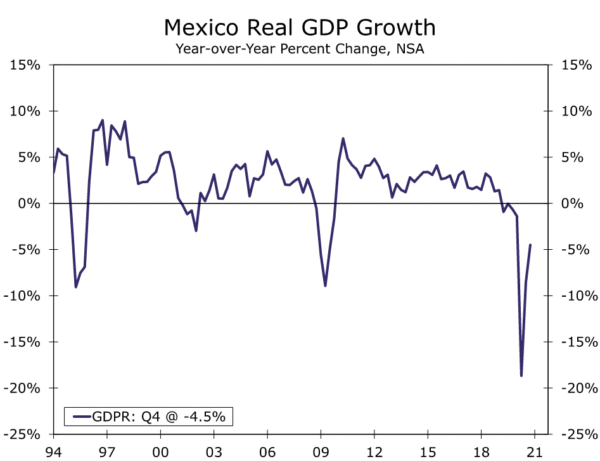
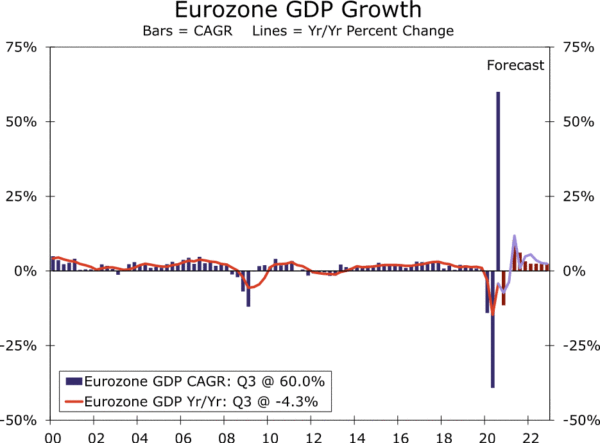
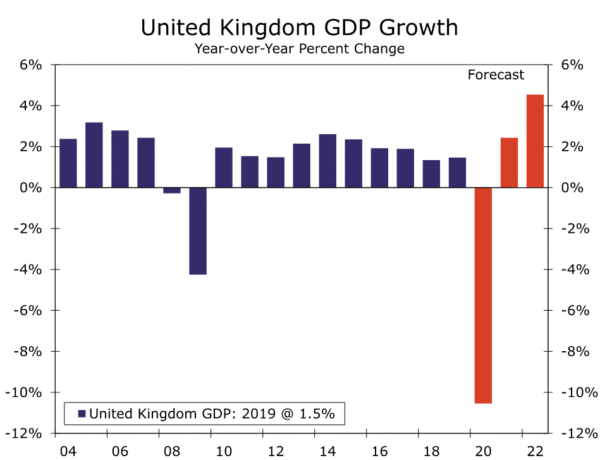
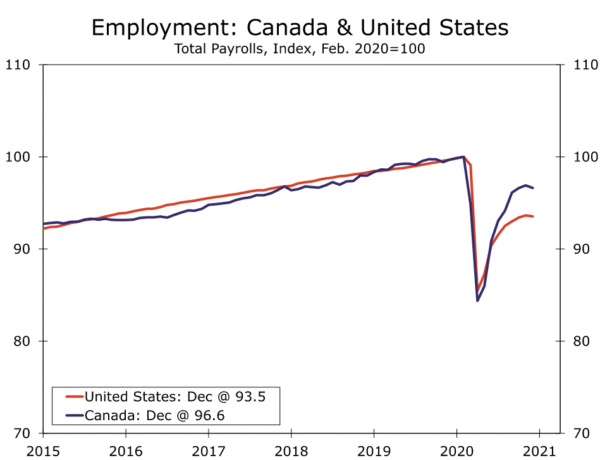
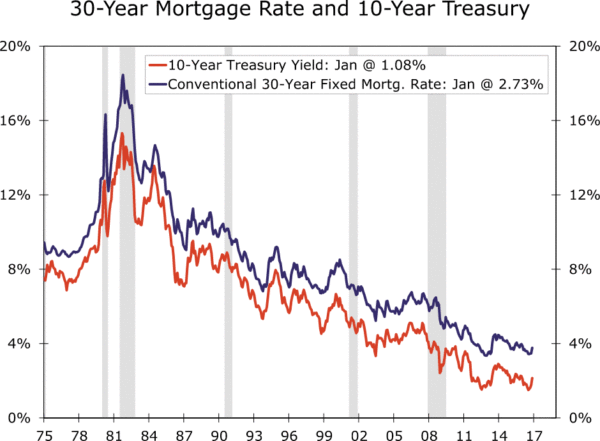
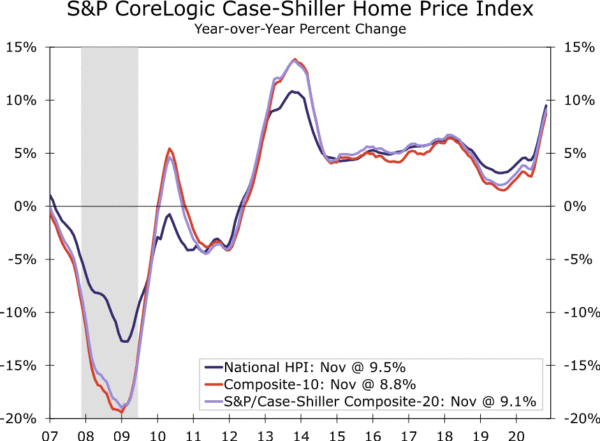
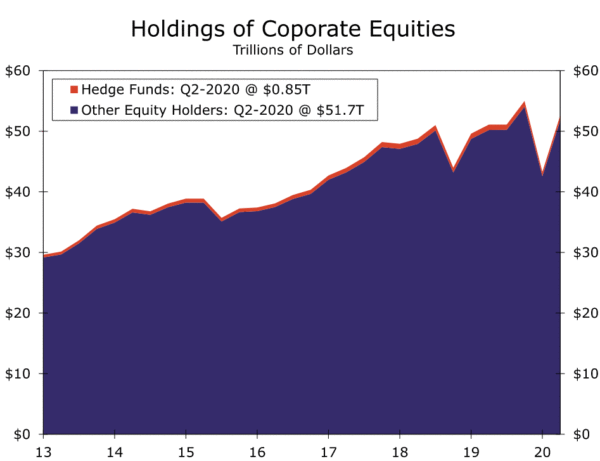
 Signal2forex.com - Best Forex robots and signals
Signal2forex.com - Best Forex robots and signals




